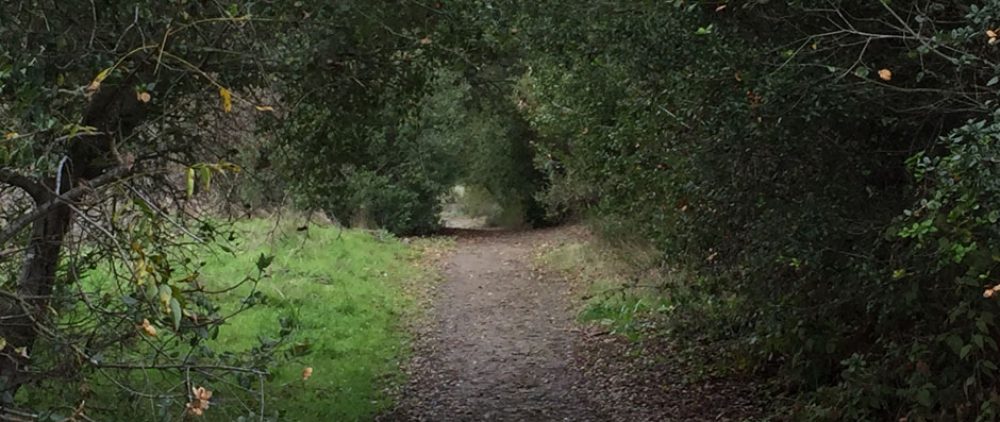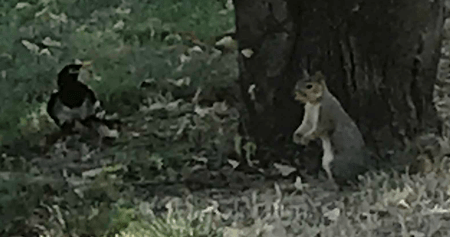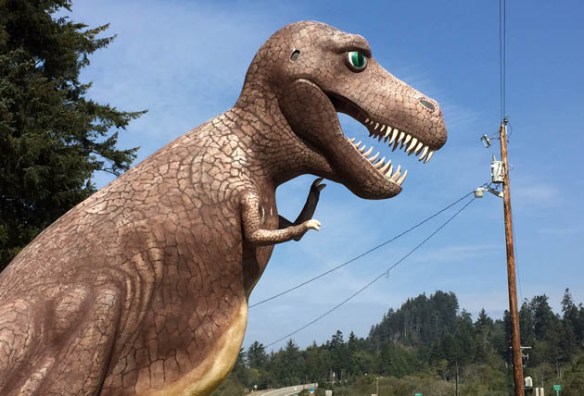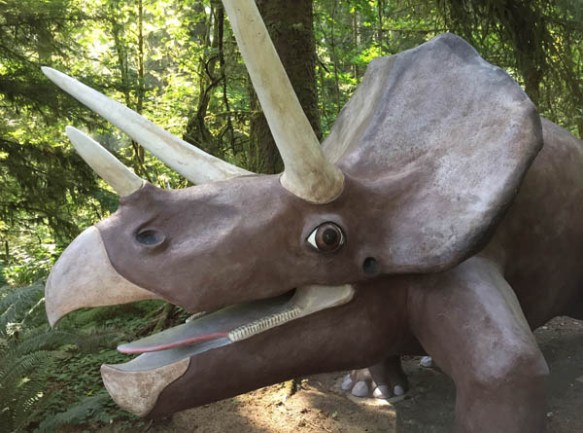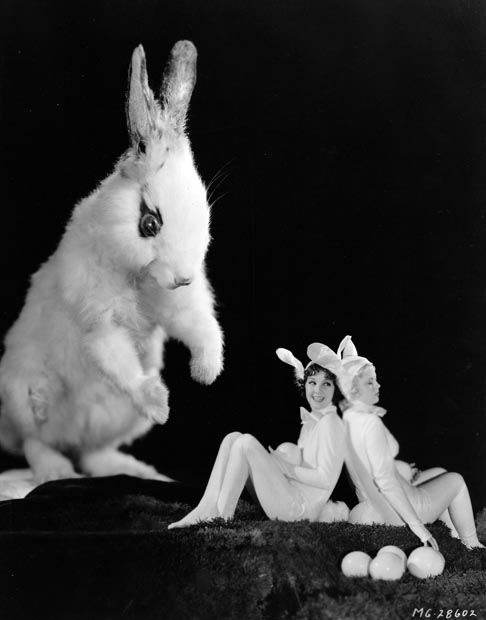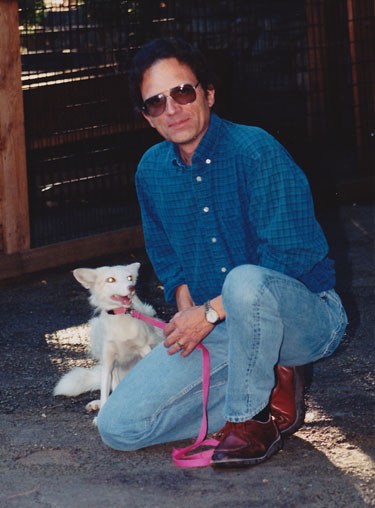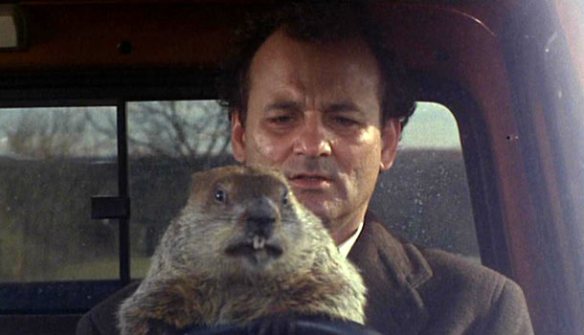
Apple blossoms are out on the tree in the back yard.
My grandmother had a habit of blurting out snatches of song, without warning, at family dinners, or quiet evenings, or on Sunday afternoon drives, back when people thought it was fun to hop in the car and go somewhere.
One of her favorite songs was, “Apple Blossom Time.” Another was (I believe) part of the chorus of a 1920’s era song about Little Orphan Annie, “And it gets all over icky!” That would piss off mom, much to my sister’s and my amusement. I suspect my grandmother used to sing that during my mom’s teenage years, and she still hadn’t fully gotten over the embarrassment.
****

In other news of the day, our oldest rescue dog, Kit, a chihuahua / pomeranian mix, is almost 13. She still has so much energy you wouldn’t guess she’s on three medications for serious heart problems.
At the start of February, after a checkup, the vet said, “I’m guessing she has a year or 18 months left.” No way, I thought. That got me back to daily practice of a Tibetan long life sadhana a few weeks before COVID-19 motivated all of us to pursue safety measures, both physical and non-physical in nature.
After talking to the vet, I wanted to make sure we had enough of one of her critical meds, called Vetmedin, that mitigates her leaky heart valve. I had a standing prescription at Costco for three months worth, but when I called at that time, they said it had been on backorder for some time. I wondered then if that was a result of the epidemic in China, for I’d heard that that China manufactures the components of lot of our pharmaceuticals.
I got some Vetmedin from our vet, but because it’s cheaper at Costco, I called again yesterday and was able to place an order that was ready today. They told me when I came to tell one of the people at the entrance that I was there for a prescription only.
Costco is one of those stores now dedicating the first hour of business, from 8:00 – 9:00 am, to people over 60 – a thoughtful practice, but one not exempt from the law of unintended consequences. When I got there at 8:20, I found several hundred people, most with shopping carts in line. With most observing the recommended six foot spacing, the line snaked around the front and side of the building, before disappearing around the back of the store and out of sight
I was just about to leave, to try in the afternoon, when a woman came out to urge everyone to patience, saying they were letting in 75 shoppers at a time. I told her what the pharmacist had said on the phone, and she very kindly allowed me to go in to pick up the prescription. I was in and out in less than 10 minutes.
While I was there, I asked the pharmacist if things generally slowed down later in the day. “By 11:00 it’s usually pretty quiet,” he said – a message I thought I’d pass on to anyone locally who is thinking of getting up early for special shopping opportunities – be ready to queue up really early, or wait and have a good breakfast and coffee first!
